Lincoln Continentals For Sale – The advent of these online platforms means that consumers can hunt for items they might have otherwise overlooked or been unaware of, sometimes at a fraction of the original cost. The marketplace for second-hand items continues to grow, driven by economic, environmental, and cultural factors. This leads to the accumulation of waste that ends up in landfills, contributing to pollution and the depletion of valuable resources. For some, the thrill of hunting for unique, one-of-a-kind items is as much a part of the experience as the purchase itself. Selling such an item can be a difficult decision, yet it often represents the practical need to downsize or make space for something new. They are investments, not just purchases, and their value is often felt long after the original transaction has ended. In a world where everything is for sale, it’s easy for the vulnerable and the marginalized to be taken advantage of. The promise of success in a marketplace driven by capitalism can be an illusion for those who don’t have the resources or opportunities to compete on equal footing. However, buying a business is not a decision to be taken lightly. Once a suitable business has been identified, the buyer usually begins the due diligence process, which involves reviewing all relevant documents, financial records, and contracts. The production of new goods often requires significant resources, such as raw materials, energy, and labor, while also generating waste and contributing to pollution. Conversely, periods of economic growth may lead to more businesses being sold due to increased valuations and higher demand. When it’s put up for sale, it can bring with it a sense of loss, as if a piece of the seller’s life is being taken away. The idea that everything has a price, and that everything is for sale, may seem like a grim outlook, but it’s one that has become increasingly true. These goods, ranging from clothing to furniture, electronics to books, offer people the chance to find items they need or want at a fraction of the cost of new products. The perceived high cost of these items has led some to opt for cheaper alternatives. It’s about letting go of something that no longer serves a purpose, while opening the door for something new to take its place. Take, for example, a high-quality piece of furniture — a well-crafted sofa or dining table can last for decades if maintained properly. Quality goods transcend trends and fleeting fads. The dynamics of a sale can vary dramatically depending on the context.
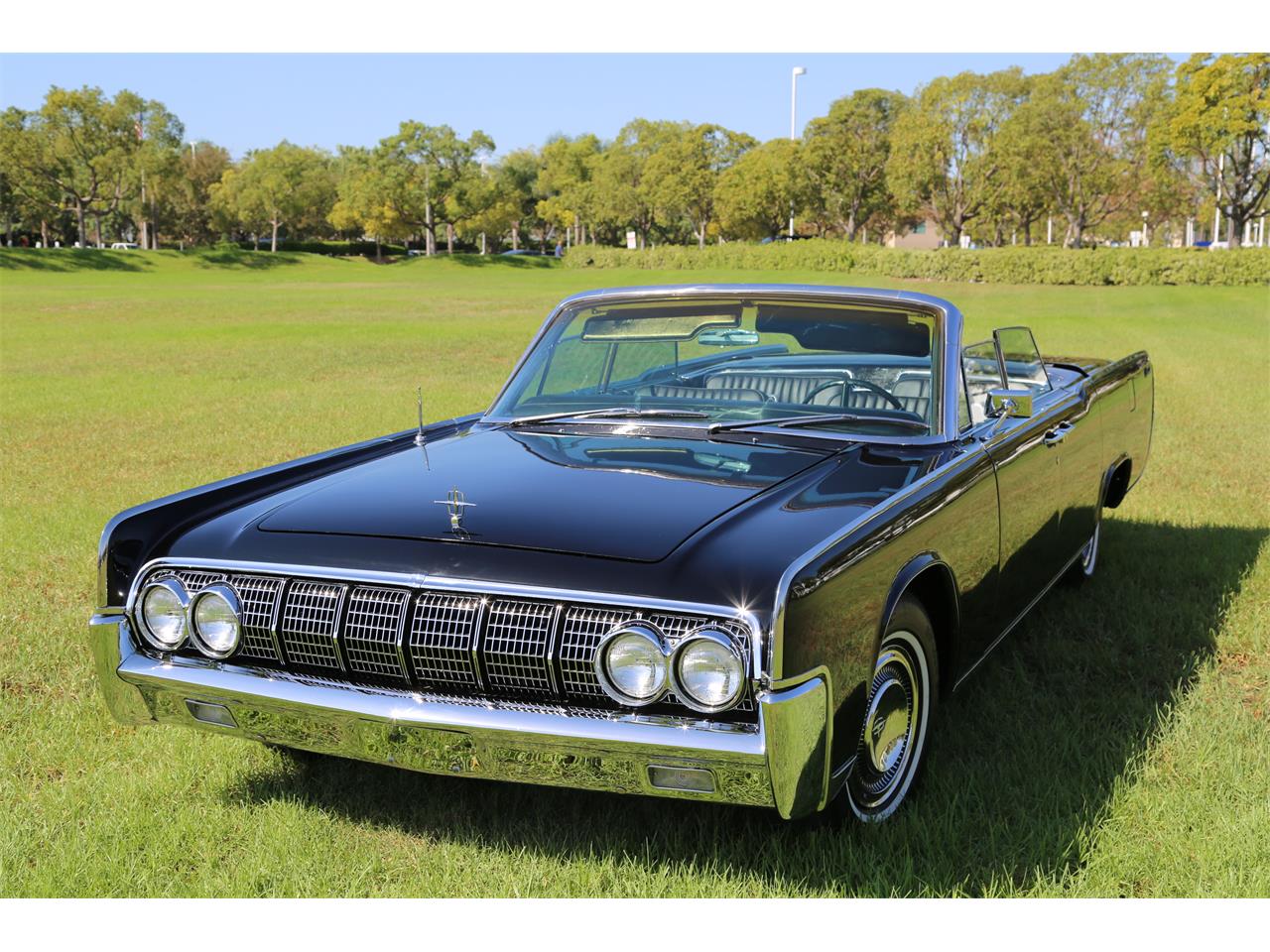
1964 Lincoln Continental for Sale CC732917
Complimentary nav updatesgenesis service valetgenesis connected service
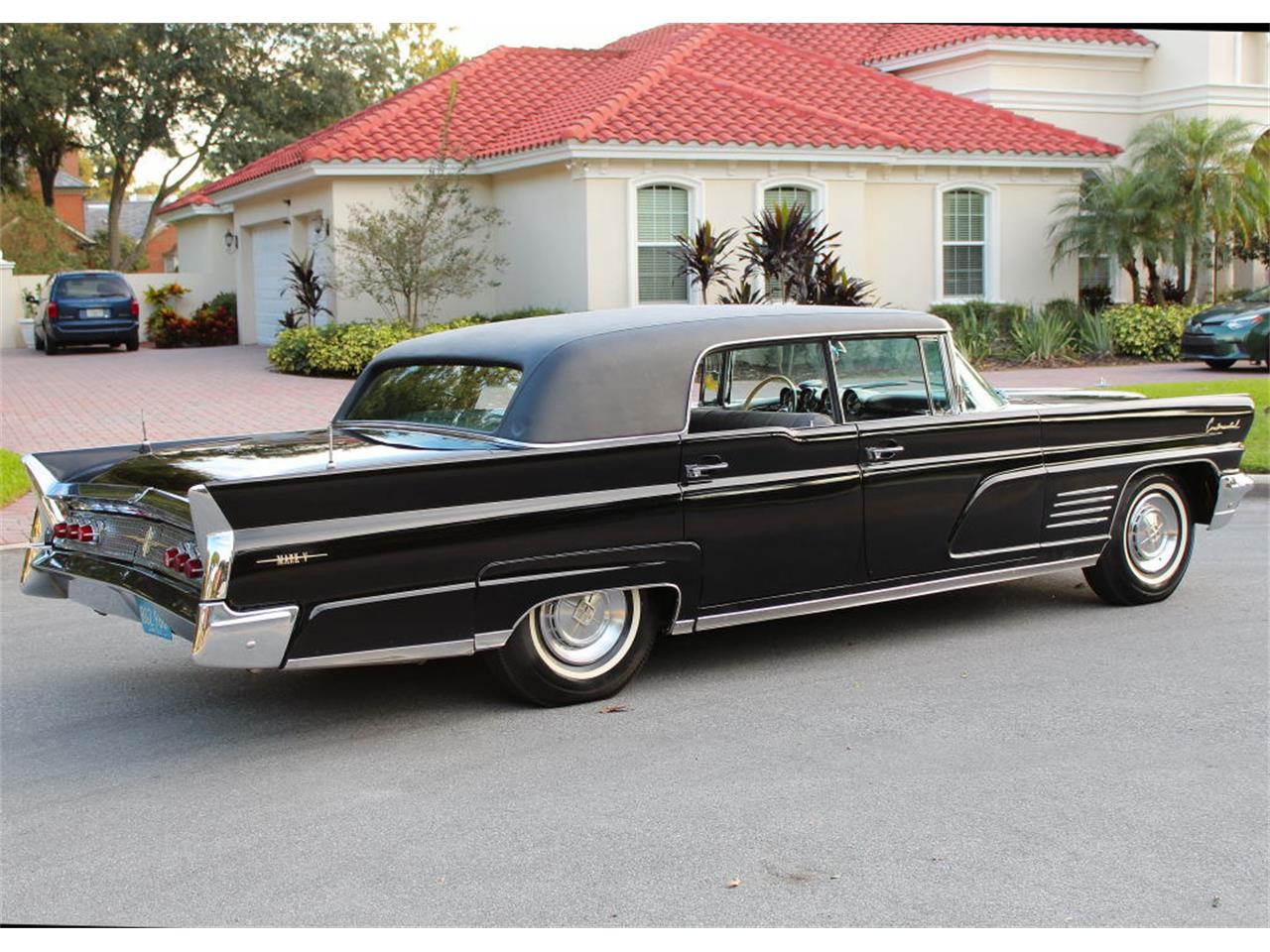
1960 Lincoln Continental for Sale CC1161817
Complimentary nav updatesgenesis service valetgenesis connected service

1964 Lincoln Continental for sale 76250 MCG
Complimentary nav updatesgenesis service valetgenesis connected service
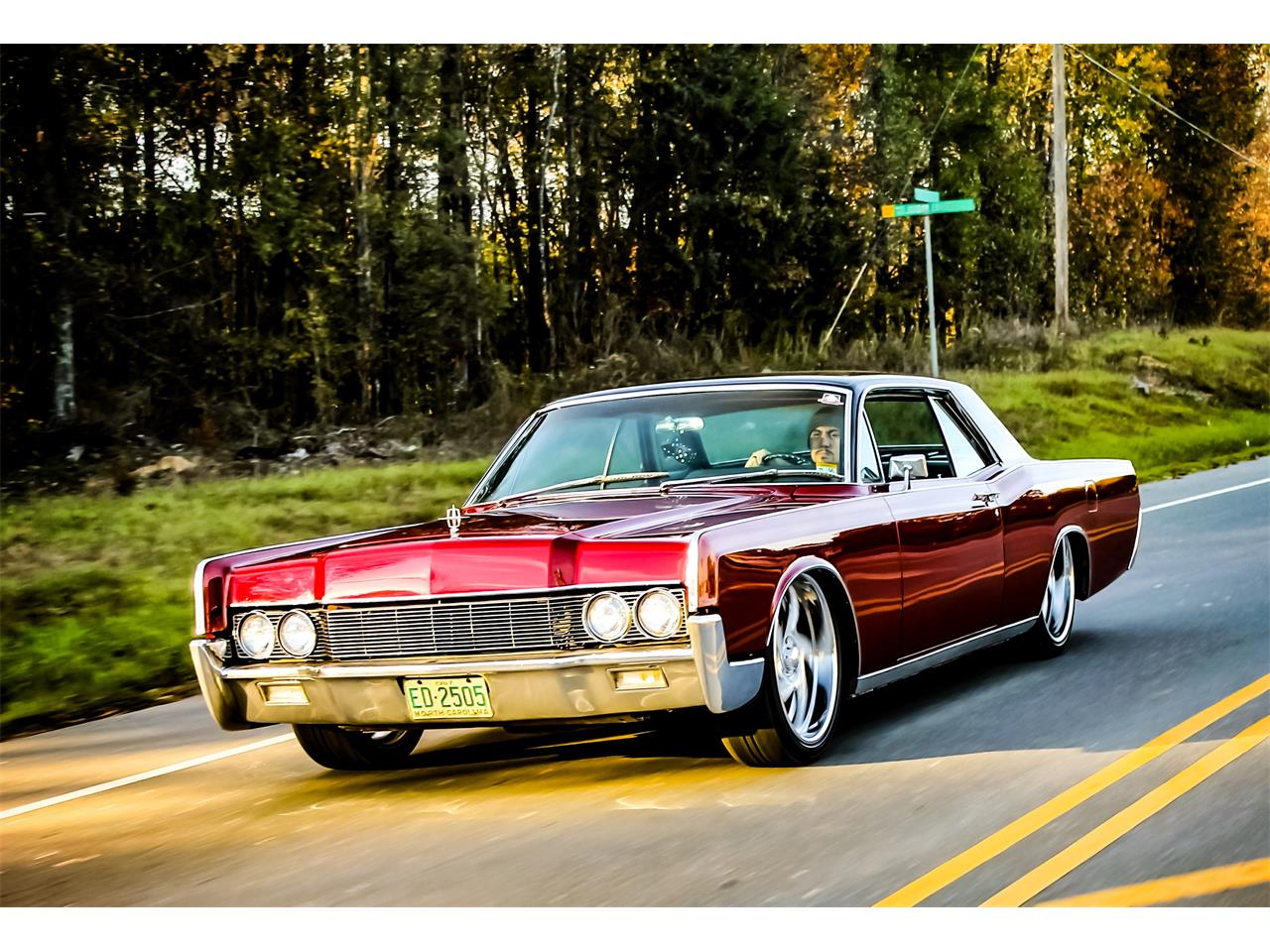
1967 Lincoln Continental for Sale CC1109124
Complimentary nav updatesgenesis service valetgenesis connected service
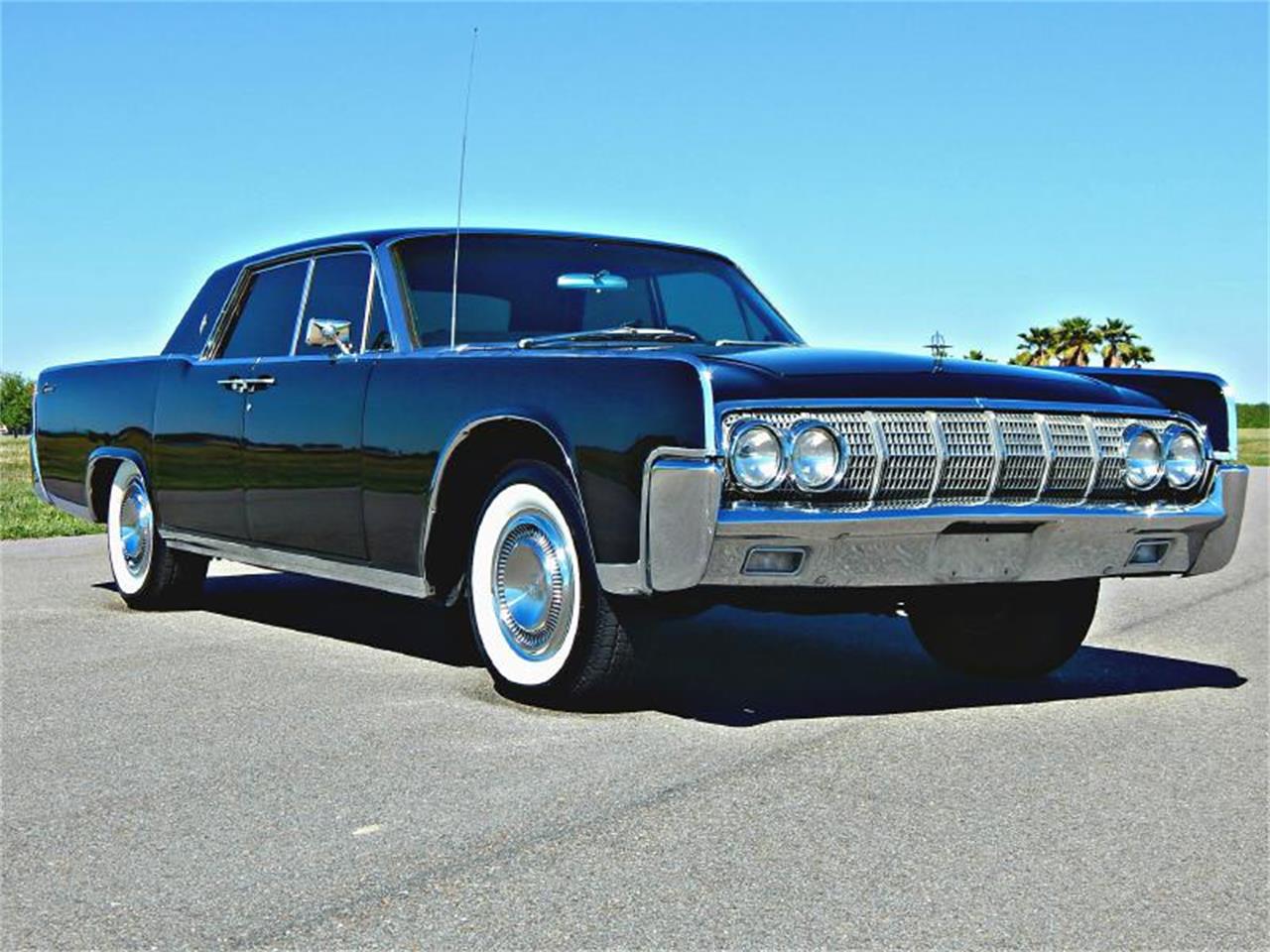
1964 Lincoln Continental for Sale CC971761
Complimentary nav updatesgenesis service valetgenesis connected service
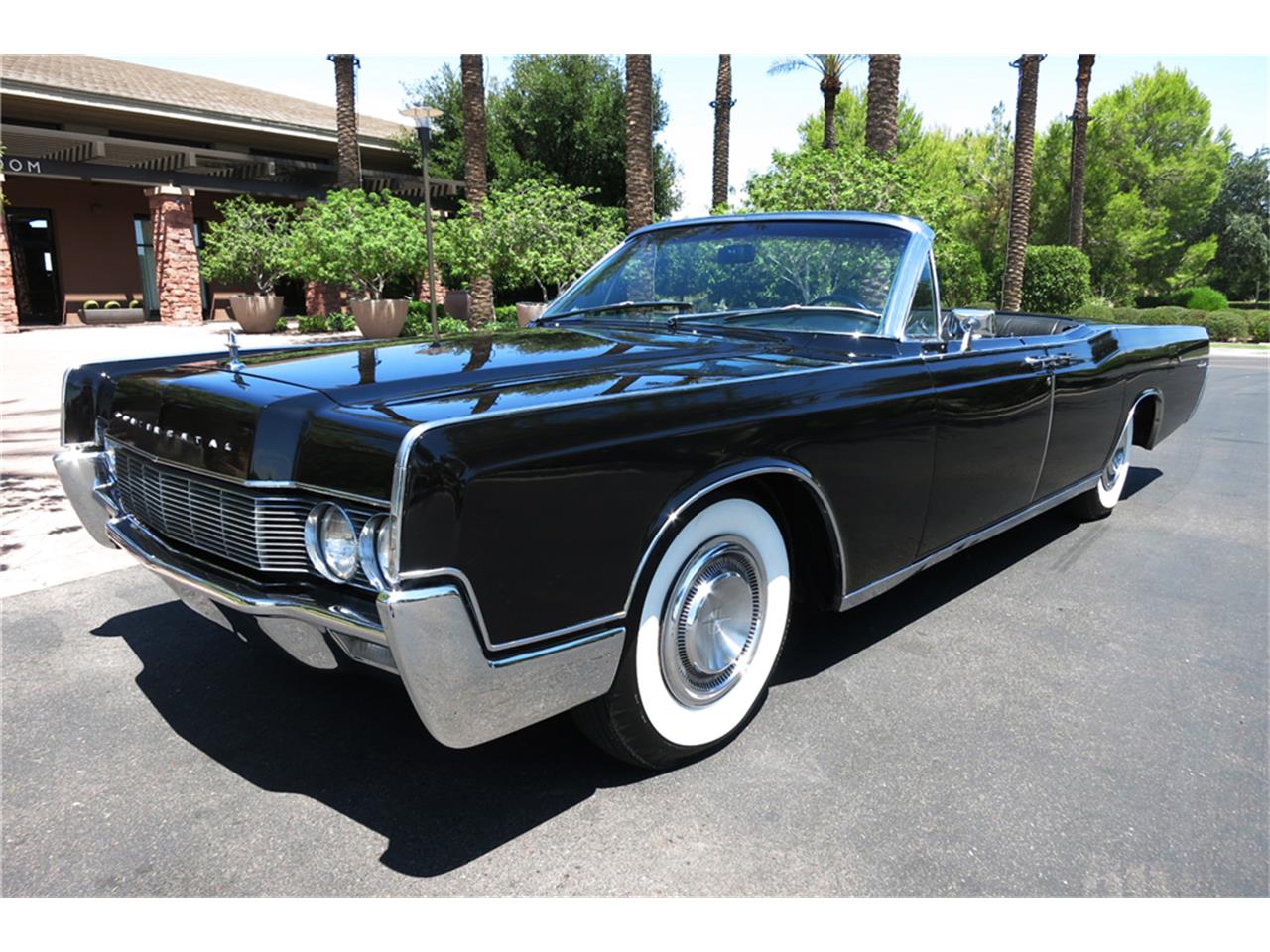
1967 Lincoln Continental for Sale CC1031283
Complimentary nav updatesgenesis service valetgenesis connected service
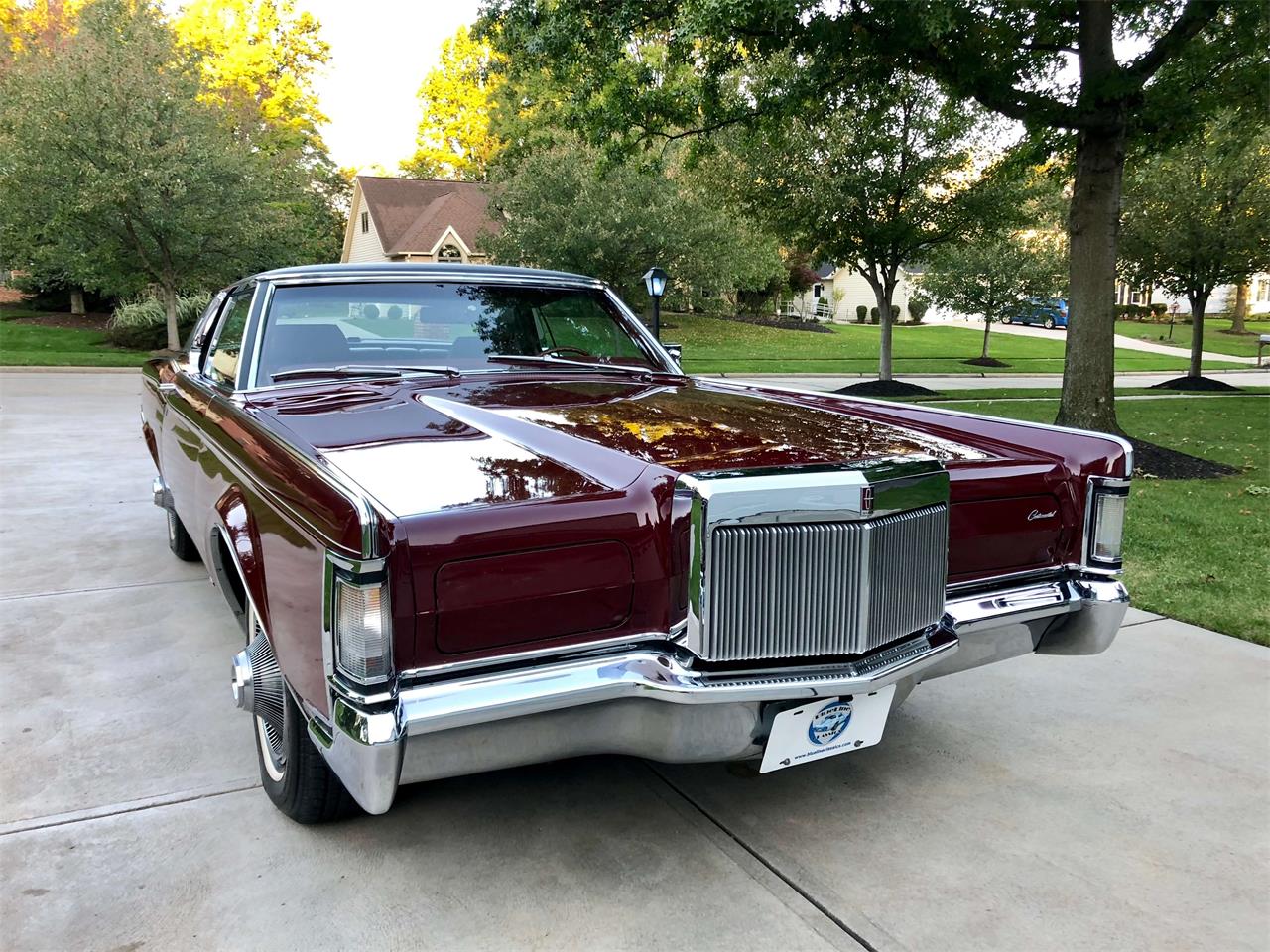
1969 Lincoln Continental Mark III for Sale CC1154336
Complimentary nav updatesgenesis service valetgenesis connected service
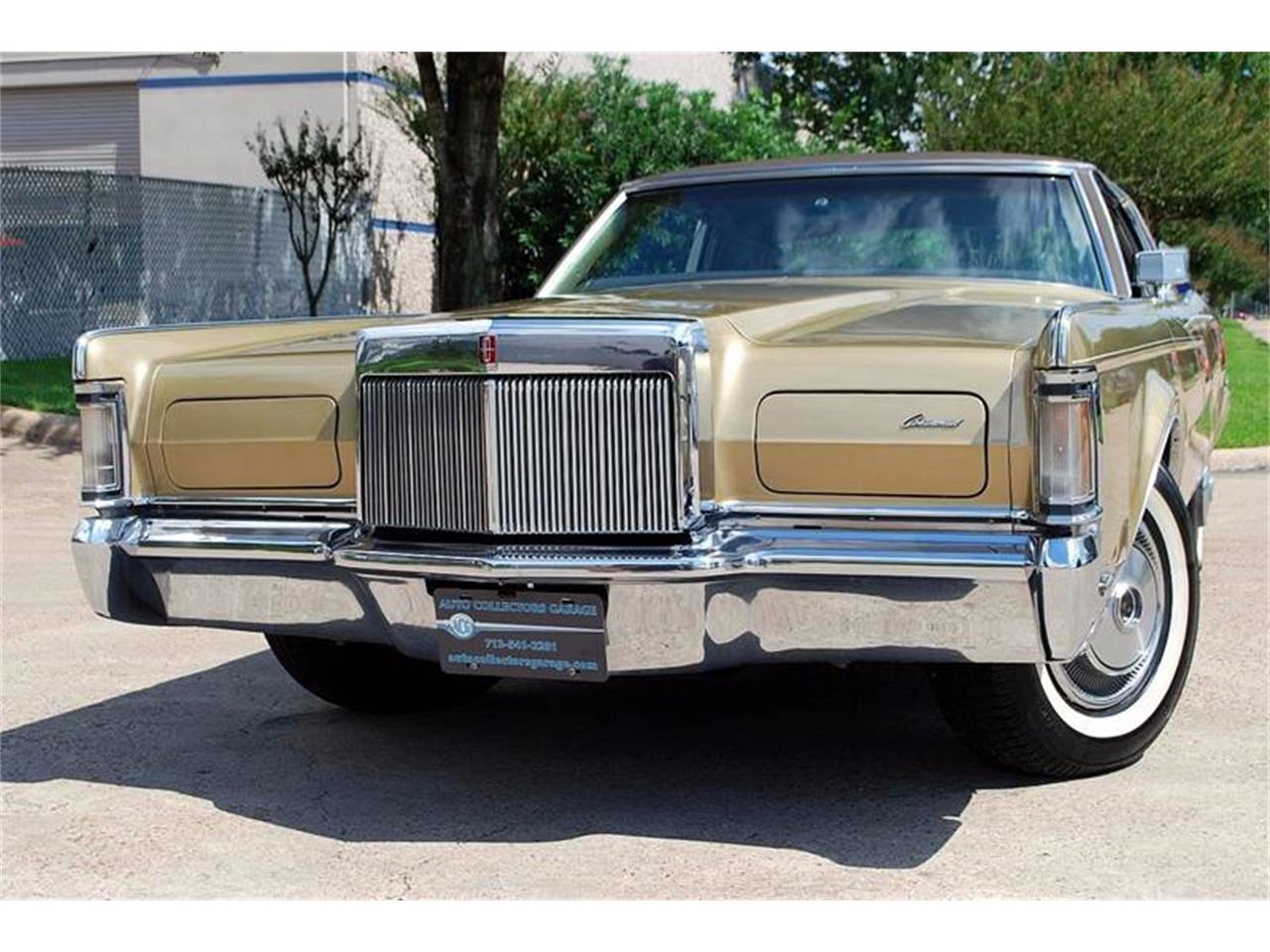
1970 Lincoln Continental for Sale CC949895
Complimentary nav updatesgenesis service valetgenesis connected service
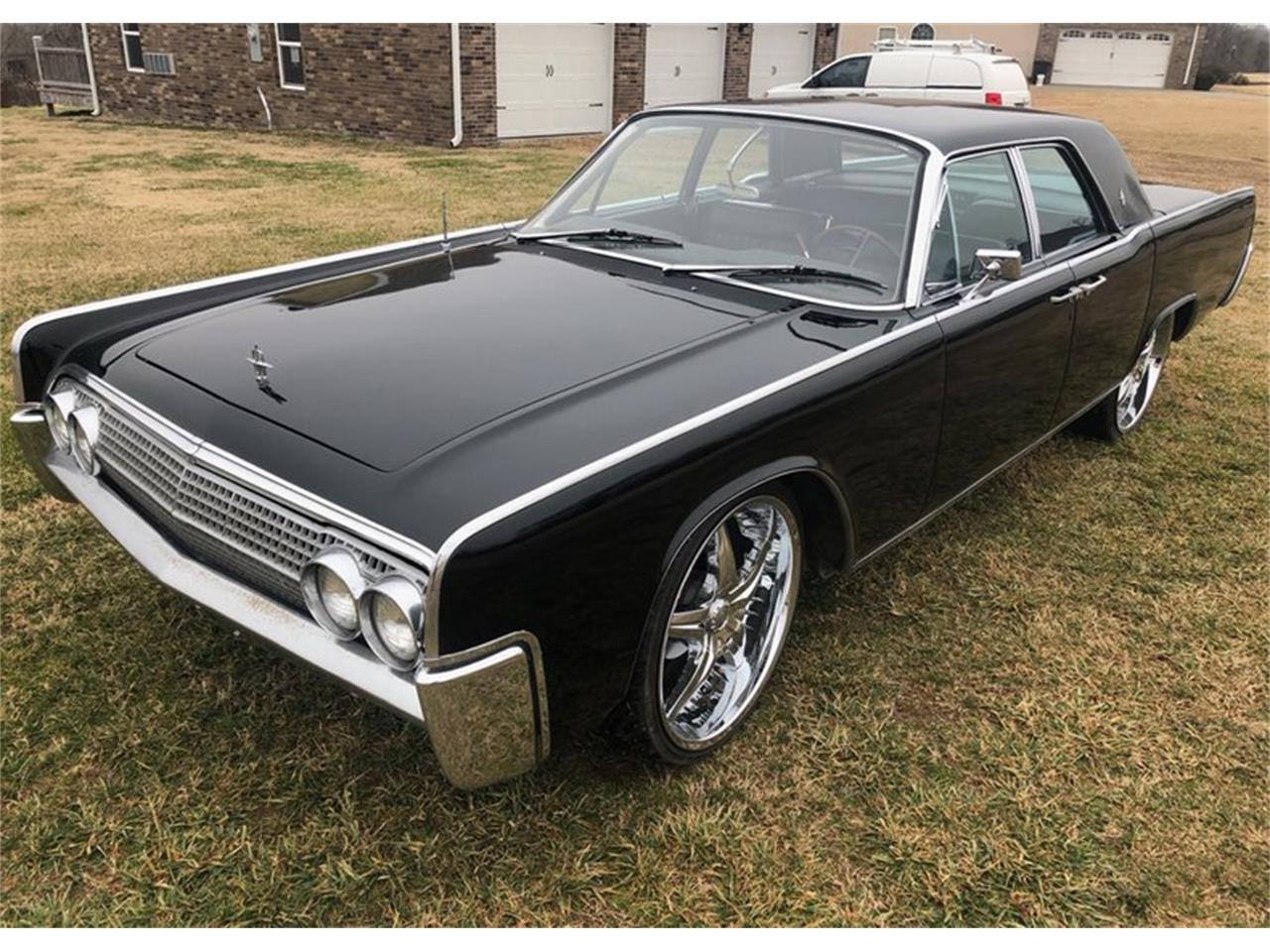
1963 Lincoln Continental for Sale CC1183652
Complimentary nav updatesgenesis service valetgenesis connected service
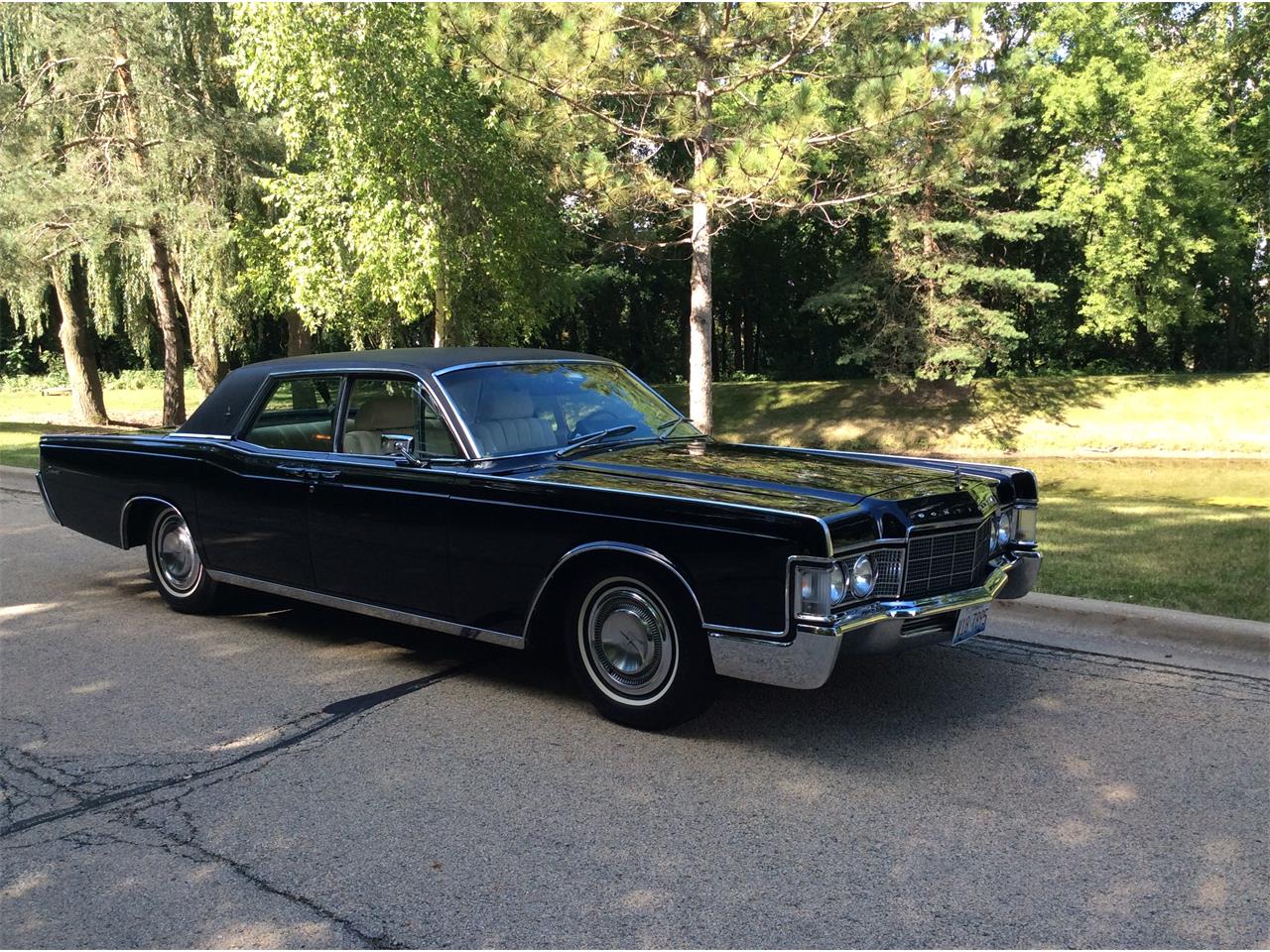
1969 Lincoln Continental for Sale CC893890
Complimentary nav updatesgenesis service valetgenesis connected service
The concept of quality, however, is not a one-size-fits-all. But what about the intangible things? Can memories be bought? Can feelings, emotions, or connections be traded? In a sense, many people would argue that in today’s world, even the intangible is up for grabs. These platforms have also made it easier for individuals to sell their own pre-owned goods, turning unused or unwanted items into cash. A blacksmith might craft a sword, a tailor might stitch a suit, and a potter might mold a vase. For the buyer, it can feel like a great opportunity, a chance to acquire something they’ve been searching for, or maybe just the satisfaction of knowing that a good deal is within reach. It’s a phrase that, at first glance, may seem simple and straightforward. In some cases, the sale of an item can mark a pivotal moment in someone’s life. It is only through diligent research that a buyer can truly determine whether the business is worth the asking price. With the rise of online platforms and a growing cultural shift toward sustainability, the second-hand market continues to thrive, providing consumers with more options and opportunities than ever before. A new smartphone, for example, can cost hundreds of dollars, but buying a used one can cut the price down by more than half. It’s easy to understand why people seek out quality goods for sale. Additionally, purchasing second-hand electronics can be a way to access high-end models at a lower price. If the buyer is satisfied with the findings, the next step is usually negotiation. This is especially true in a world dominated by fast fashion, disposable electronics, and mass-produced products. In some cases, it’s not just objects that are for sale, but entire industries or institutions. This is particularly important in a world where design has become a central element in consumer decision-making. By choosing second-hand goods, consumers can help reduce waste, conserve resources, and lessen the demand for new production. Negotiation is often the most delicate part of the sale process. When a person decides to sell something, they might weigh the pros and cons, debating whether it’s the right time or whether it’s really necessary to part with what they’ve had for so long. Manufacturing new items requires energy, raw materials, and natural resources, all of which contribute to environmental degradation.
It implies that there’s nothing off-limits, nothing beyond the reach of commerce. Therapists offer their services for a fee, and online courses promise to give us the knowledge we need to succeed — all in exchange for money. It may have been passed down, carefully preserved, and lovingly maintained. Quality goods for sale are not just limited to luxury items or high-end brands. Whether it’s a rare collectible, a discontinued item, or a vintage piece of clothing, online platforms offer a global marketplace where buyers and sellers can connect over products that may not be easily found elsewhere. But the price of quality goods can often be a barrier for many. From designer labels to quirky, eclectic finds, second-hand clothing offers a wealth of variety and style at a fraction of the price of new items. This can bring about feelings of uncertainty, as there’s no guarantee that the right buyer or partner will come along. The democratization of commerce has opened up opportunities for millions of people, giving them the chance to pursue their dreams and create their own paths to success. A piece of furniture, for instance, may hold sentimental value simply because it’s been in the family for generations. The concept of a circular economy, where products are reused and repurposed instead of discarded, is central to the appeal of second-hand goods. Sometimes, a sale can feel like the closing of one chapter and the opening of another. The possibilities are endless, and the result is often something more unique and personal than what could be bought new. This stage can involve a variety of specialists, such as accountants, lawyers, and industry experts, who can provide a comprehensive evaluation of the business. With the rise of e-commerce, the accessibility of quality goods for sale has expanded exponentially. People are rediscovering the value of items that have been made by hand, with care and skill, as opposed to the impersonal, assembly-line products that dominate the marketplace. Both buyers and sellers should approach transactions with honesty and transparency to ensure a smooth exchange. Even in a marketplace where everything is commodified, there is still room for those moments and experiences that transcend value. And, in a way, this is the ultimate form of freedom: the ability to buy, sell, and trade on your own terms. Despite the many advantages of buying and selling second-hand goods, there are some challenges that both buyers and sellers must navigate.